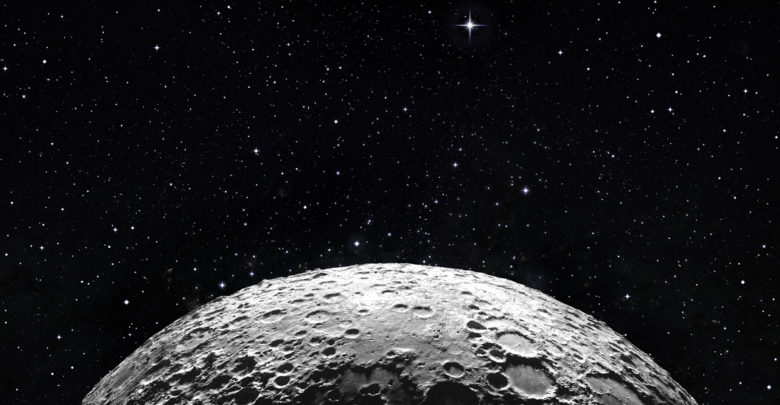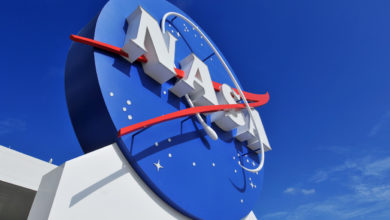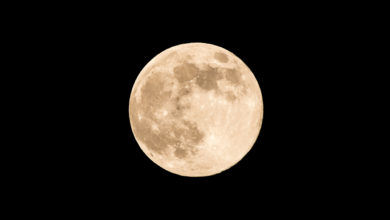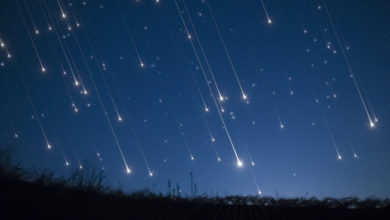Science
NASA Confirms Presence Of Frozen Water Deposits On Moon
The research team used data obtained by India's Chandrayaan-1 spacecraft to reach the conclusion

NASA has reportedly confirmed the presence of frozen water deposits on the surface of the moon. The confirmation comes after the research team analyzed data obtained by India’s Chandrayaan-1 spacecraft, which explored the Moon between 2008 and 2009.
The research team led by Shuai Li of the University of Hawaii and Brown University and Richard Elphic from NASA’s Ames Research Center in California’s Silicon Valley, used data from Moon Mineralogy Mapper (M3) instrument, aboard the Chandrayaan-1 spacecraft, to identify three chemical signatures that ultimately prove the presence of water ice at the surface of the Moon.
The ice was detected at the darkest and the coldest regions of the moon’s north and south poles. While most of the ice is concentrated in craters at the lunar Southern Pole, it is more widely but sparsely spread at the Northern pole.
“We found direct and definitive evidence for surface-exposed water ice in the lunar polar regions,” the researchers noted in the paper.
According to scientists, temperatures in permanently shadowed craters at the Moon’s poles stay under -157C (-250F). As the Moon is tilted on its axis by about 1.54 degrees, sunlight never reaches these regions. This probably creates an environment where deposits of water-ice remain stable for long periods.
“With enough ice sitting at the surface — within the top few millimeters — water would possibly be accessible as a resource for future expeditions to explore and even stay on the Moon, and potentially easier to access than the water detected beneath the Moon’s surface,” NASA said.
Notably, NASA’s key mission focus will now be to gather more detailed information about this ice, how it got there, and how it interacts with the larger lunar environment as the space agency endeavors to return to and explore the Moon.
The Chinese and European space agencies are also planning future lunar missions, including the potential construction of a moonbase.
The findings have been published in the Proceedings of the National Academy of Sciences.





